News Drag: A Theatrical TraditionPlay and Grow Pros: BREC Blog
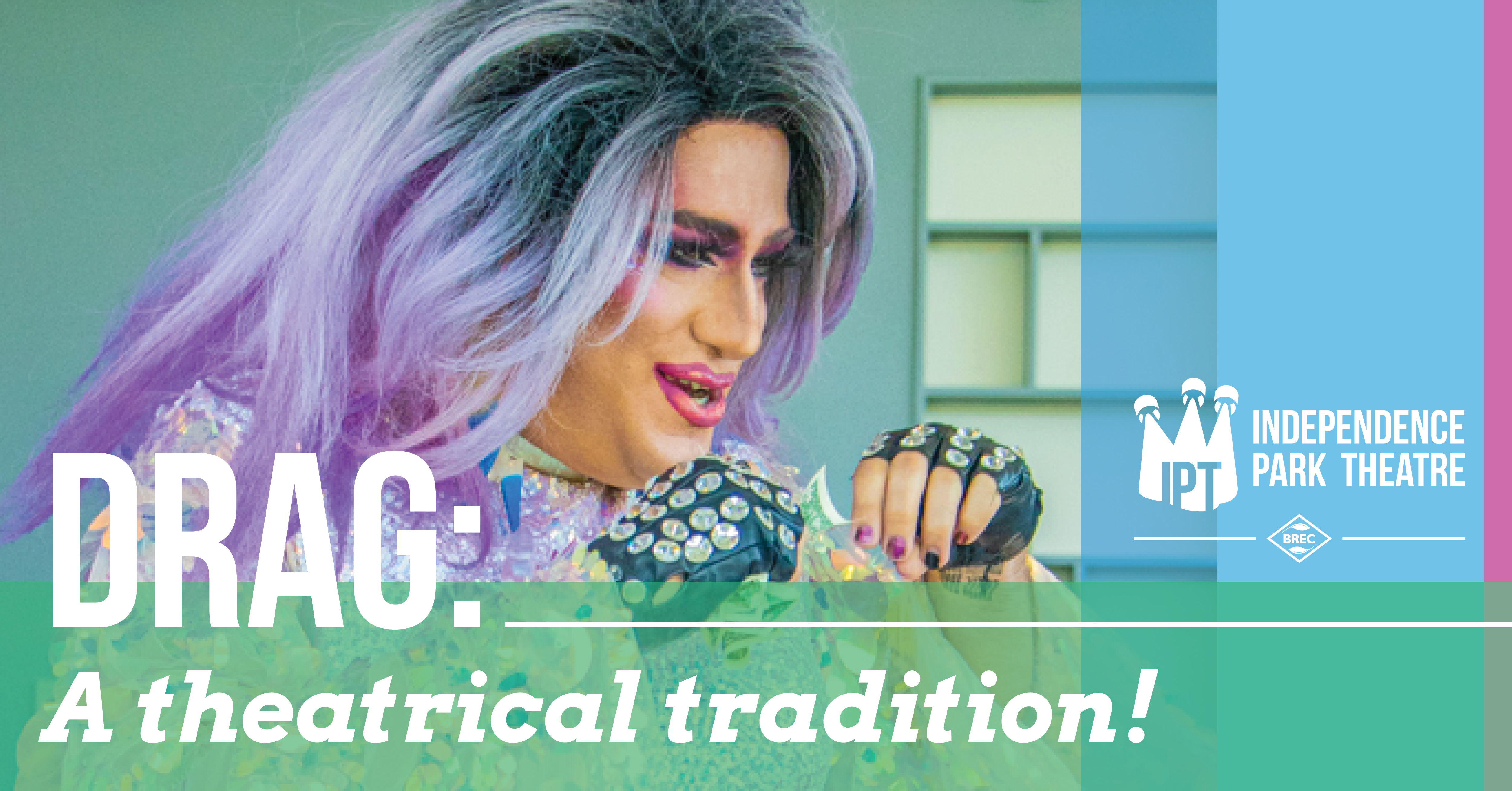
Article Details
Article Body
Baton Rouge, LouisianaDid you know that the birth of theatre started in Ancient Greece? And with that, the creation of the performance art known as Drag. BREC’S Independence Park Theatre and Cultural Center has a brief history on the art form of Drag! So let’s slay some history and educate ourselves!
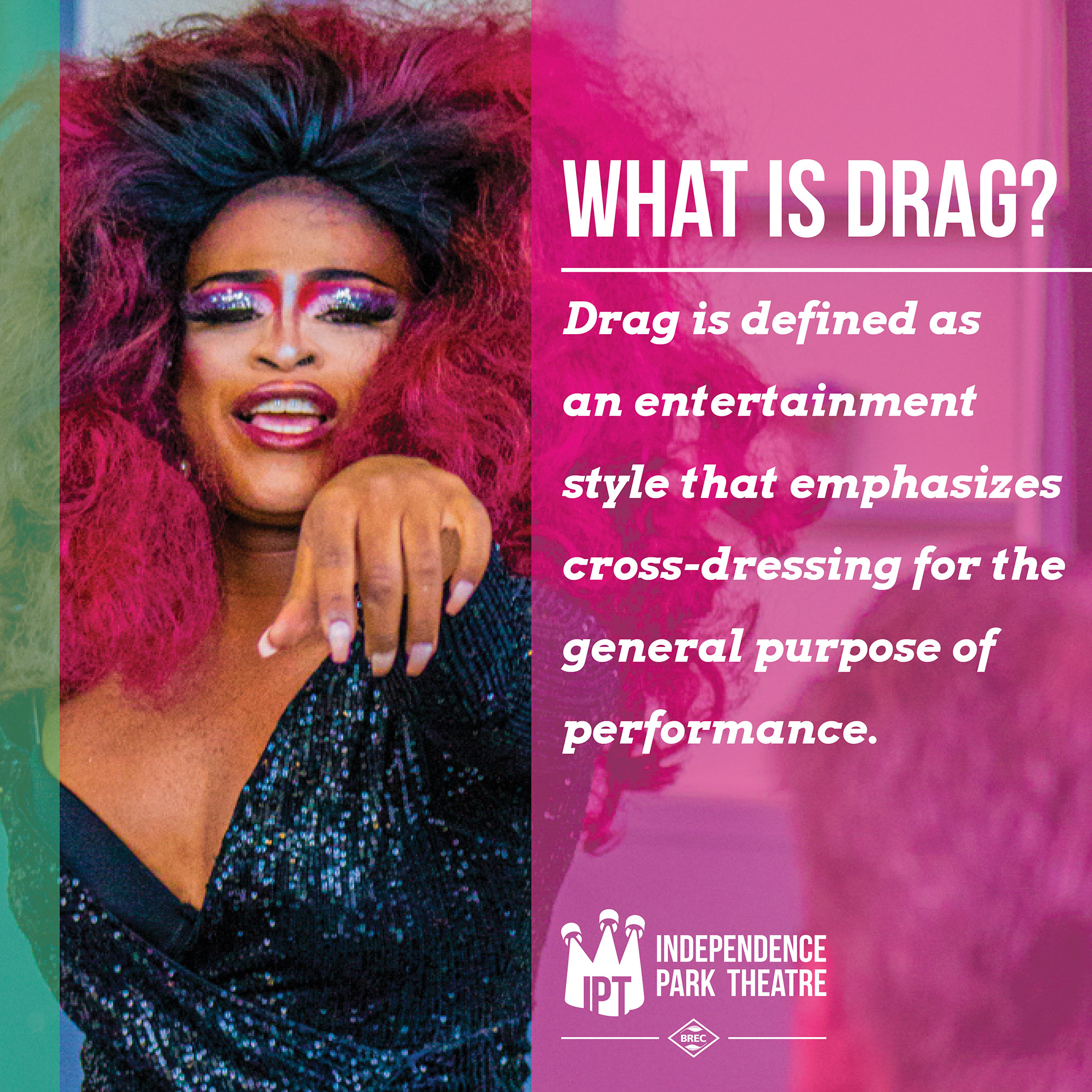
What is Drag?
Drag is defined as an entertainment style that emphasizes cross-dressing for the general purpose of performance. Drag is considered a vital form of performance art that spans across artistic disciplines and genres.
Ancient Times
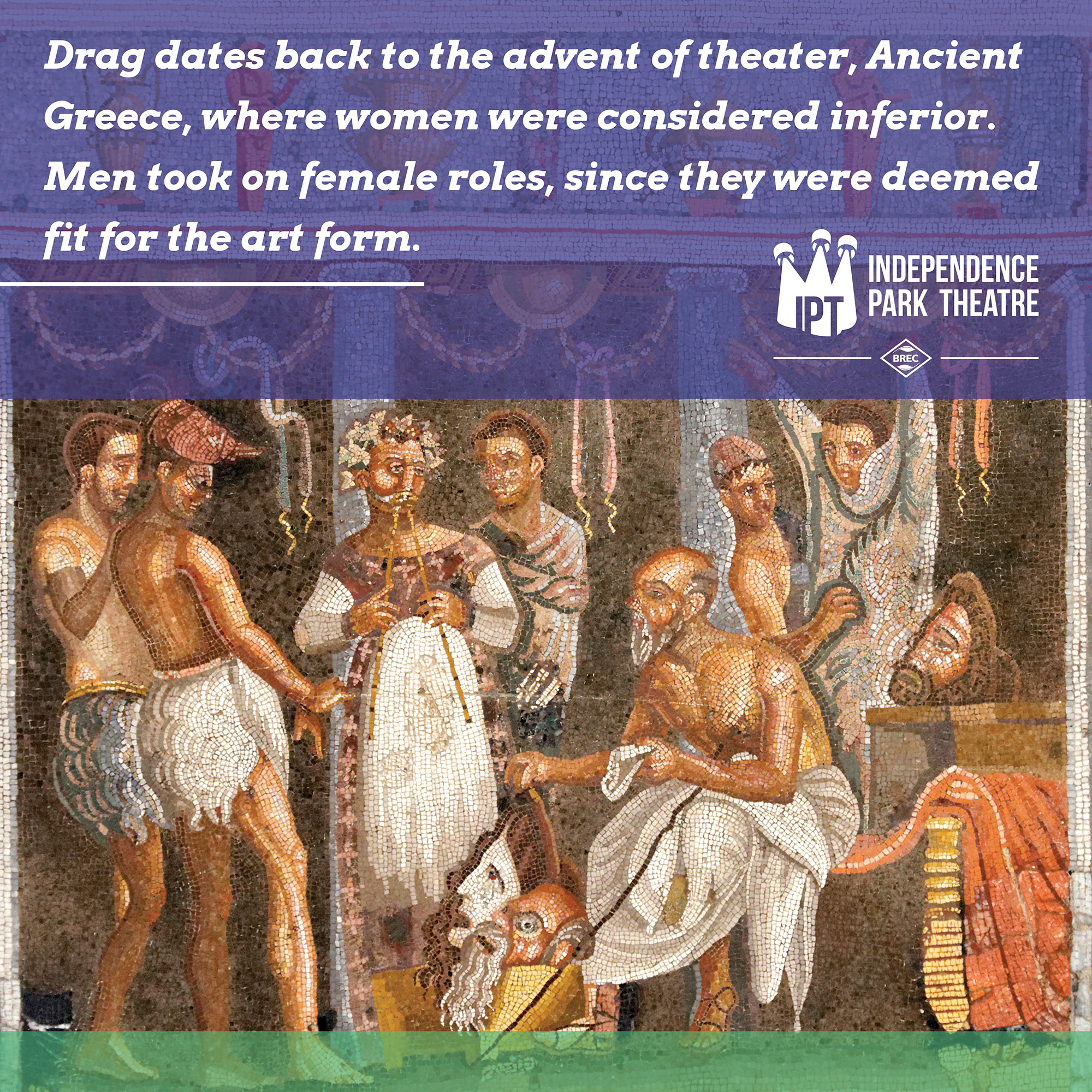
In Antiquity, women were viewed as inferior to men. Only men could participate in the arts and in theatre. Ancient Greeks then created the theatrical tradition of men playing women roles. Drag dates back to the advent of theater in this time. Men took on females roles since they were deemed fit for the art form. Over the centuries men in drag have embodied female characters.
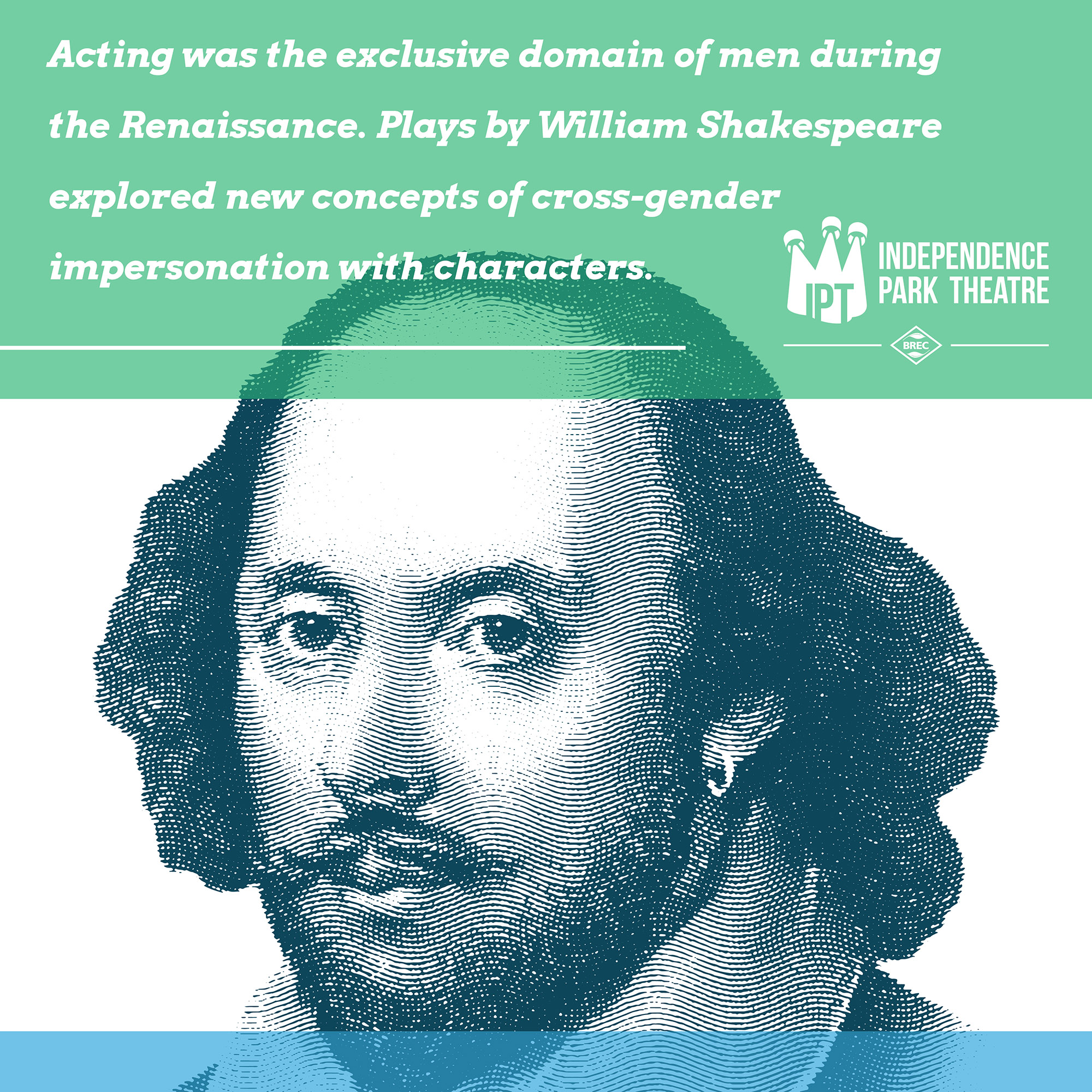
The Rennaissance
Acting continued to be the sole-domain of men even during the Rennaissance. Plays by William Shakespeare explored new concepts of cross-gender impersonation as part of the characters and plot development. One of the most famous examples of this is his play Twelfth Night.
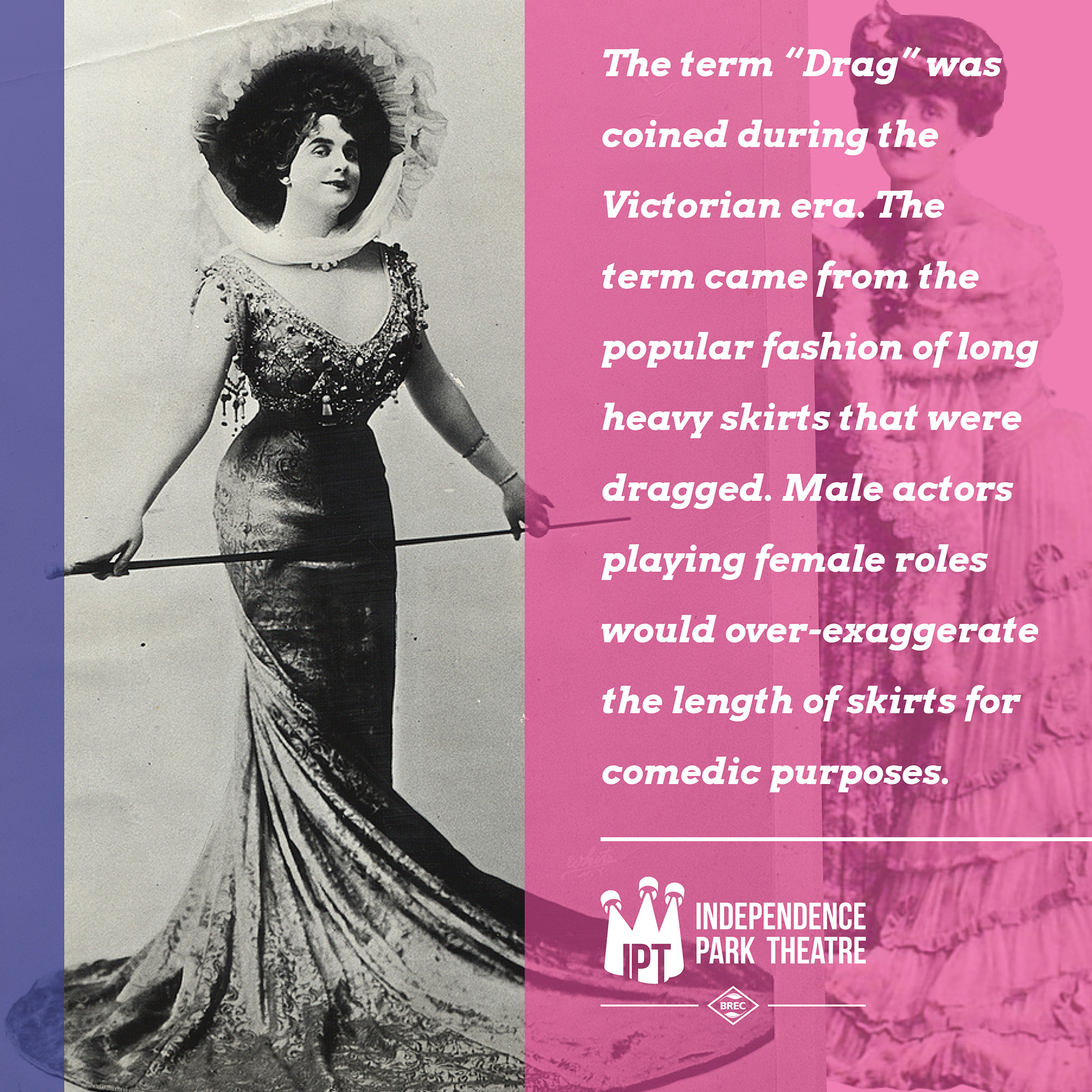
Victorian Theatre
The term “Drag” was coined during the Victorian era. The term came from the popular fashion of long heavy skirts that were dragged. Male actors playing female roles would over-exaggerate the length of skirts for comedic purposes.
World War I through the Great Depression
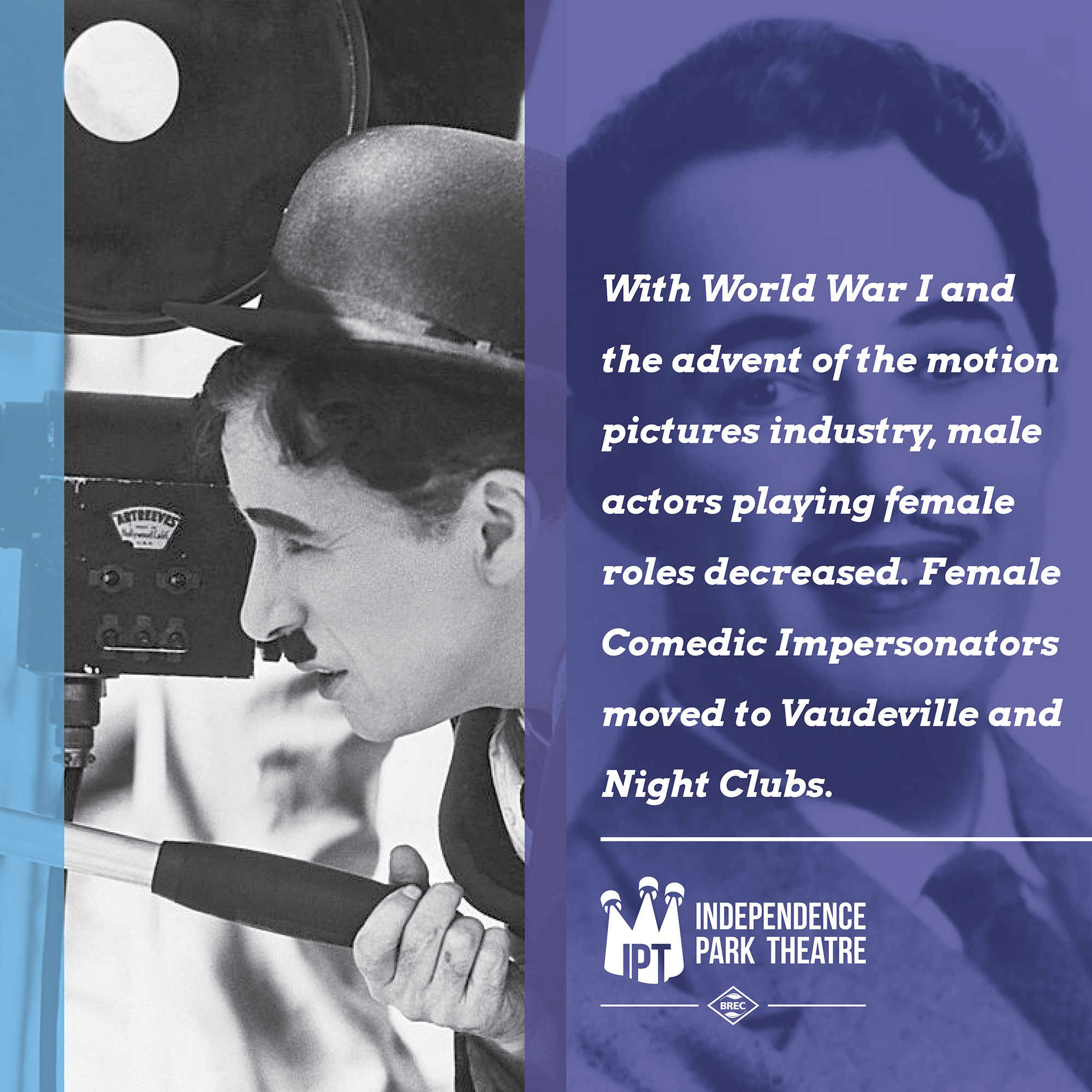
With World War I and the advent of the motion pictures industry, male actors playing female roles decreased. Female Comedic Impersonators moved to Vaudeville and Night Clubs and were a popular form of comedic entertainment from the 1920s-40s.
The 1950s and the era of Television
Modern Drag Culture took off during the 1950s-60s as a Queer focused artform that allowed the expression of non-conformity to traditional society. Modern day Drag has seen a resurgence in theatre, television and movies since the 1950s. Parts and roles have now become the norm for cross-gender performances including Peter Pan, Hairspray, Mrs. Doubtfire and Madea.
The 1970s and Drag as Activism
From Women’s Rights to Migrant Workers Rights to LGBTQ+ Rights, the decade of the 1970s was an era of political awareness and activism for many minority groups. Drag artists not only became political symbols for LGBTQ+ rights but also often took on political leadership roles during LGBTQ+ protests at night club and performance venues.
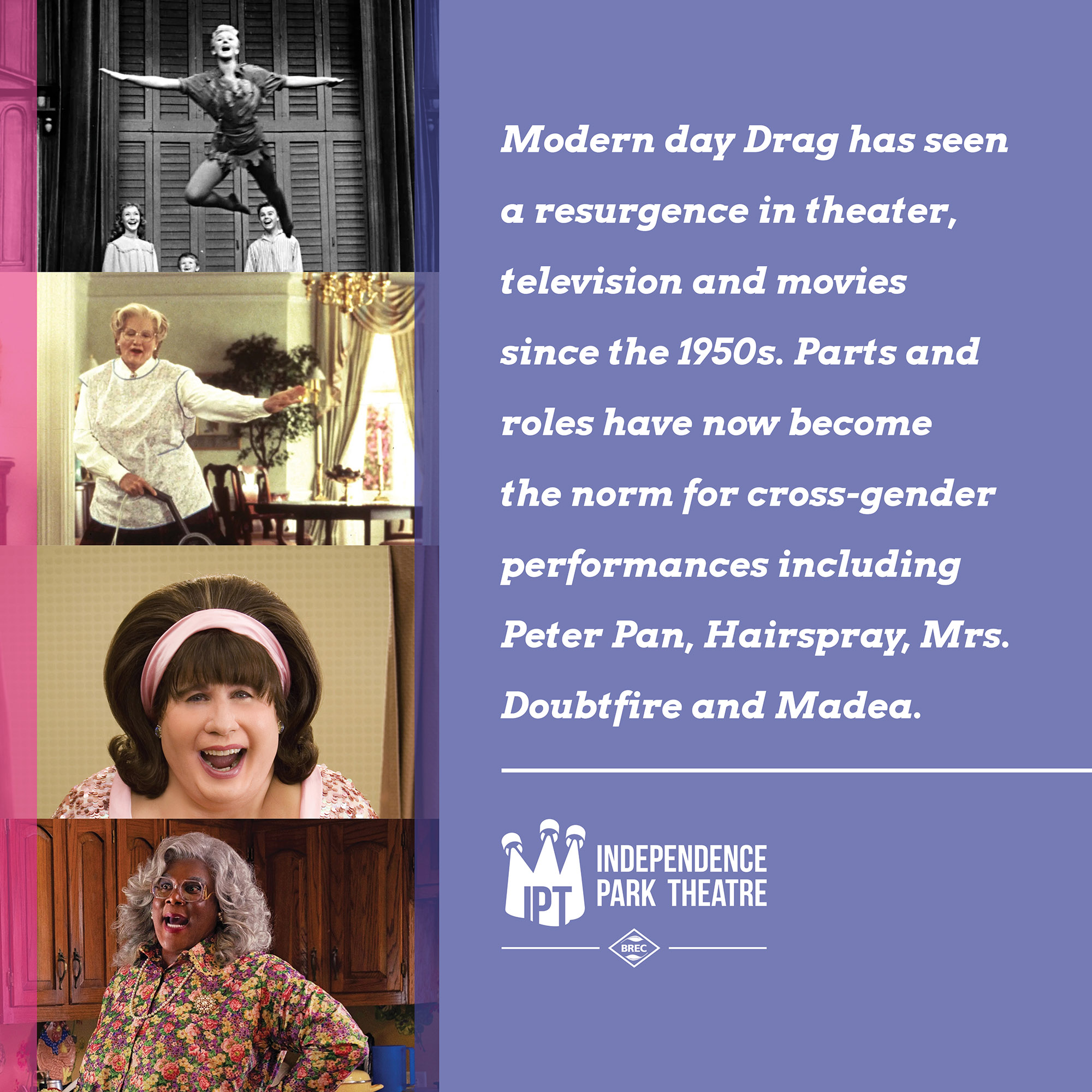
The 1980s and the age of RuPaul
The Counter-Culture Movement that evolved in art and music during the 1980s established one of the most well-known contemporary Drag artists, RuPaul. During the mid-2000s development of TV shows, such as RuPaul’s Drag Race and the concept of Drag Brunches, Drag artists have started to be considered not only entertainment but utilizing the artform of drag to educate wider audiences on LGBTQ+ culture and communities.